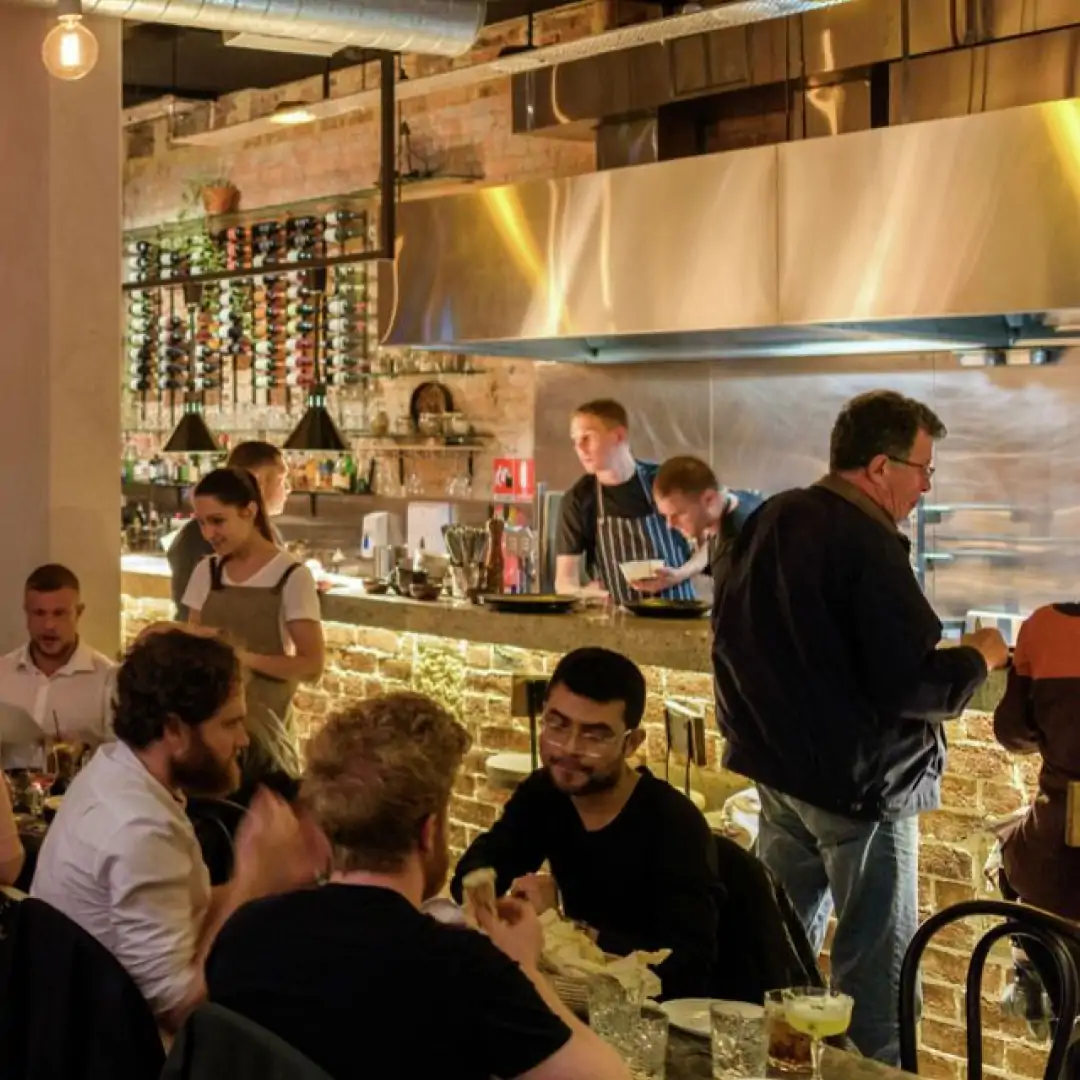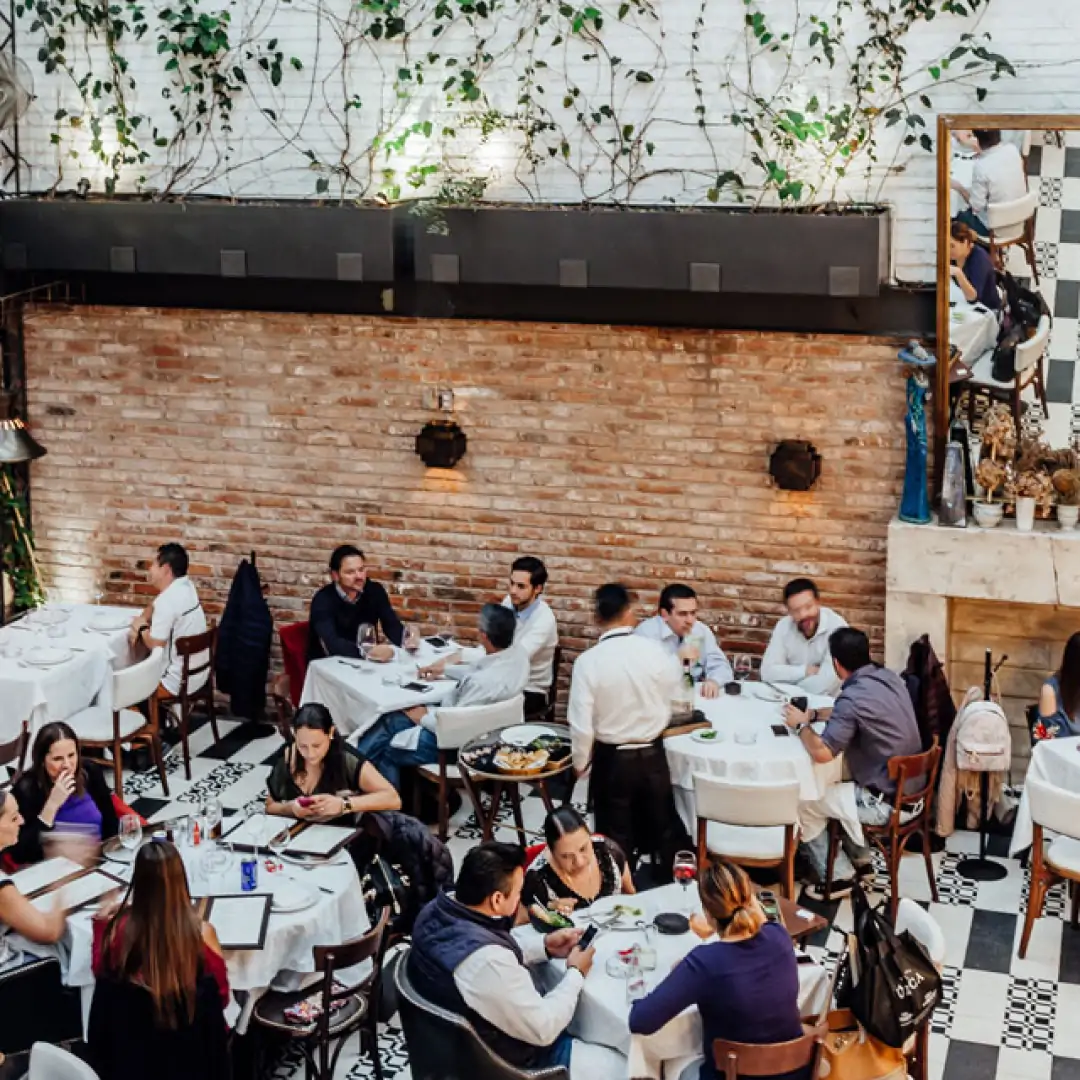Deciding how to structure a business can be overwhelming and confusing. Getting an attorney involved is the best way to help sort through the pros and cons of each structure, as there is no one way that works best.
The business structure choose will affect the following aspects of a restaurant:
- The amount of taxes you will pay
- The extent to which you and your partners/investors are held personally responsible for debt incurred by your restaurant (liability)
- The amount of flexibility you have if you sell or transfer the business
- How investors get paid back
- The protection of intellectual property
The best way to find a great attorney is to ask trusted and respected peers for referrals. Whoever you hire must have extensive experience in working with the specific type of restaurant you’re planning to open. For example, an attorney who has 50 restaurant clients that are all fast-food chains can rightly claim that they have a lot of restaurant experience, but if you’re planning to open something closer to The French Laundry, this is not a good fit.
According to Roberta Economidis, Partner in the law firm of Georgopoulos & Economidis, LLP, who has been representing restaurants in the Bay Area for more than a decade, “You don’t have to retain a lawyer up front, but you at least need to have a consultation with an attorney to understand your options in terms of incorporation, as well as the laundry list of other things that you’ll need to consider. Then, when you get to the point when you’re ready to retain an attorney, you already have someone that’s familiar with you and your concept.”
Common business structures
There is no blanket “best” or “worst” way of structuring a business. You and your attorney will work together to determine the most successful structure based on the specific wants, needs, and circumstances. There are a several major categories to choose from:
Sole proprietorship
A sole proprietorship is simple—it means you are the only owner of your business. You own all of the property, you keep all of the business profits, and you are also personally liable for its debts.
Partnerships
There are two different types of partnerships, general and limited.
General Partnership: This works just like a sole proprietorship, but with multiple owners. General partners, like sole proprietors, bear the risk of unlimited personal liability.
Limited Partnership: In a limited partnership, there must be at least one general partner and the rest of the partners can be limited partners. Two things to know here: If someone is a limited partner, they can’t be an active part of running the restaurant operation and can’t take a salary. They don’t bear personal responsibility for the debts of the business beyond the amount of money they invested.
Corporations
Corporations are created by state law and essentially separate you and your partners or investors from their business. If a restaurant is a corporation and it fails, everyone who
is invested in it (yourself included) is responsible for his or her own investment only, nothing more. People create corporations to shield themselves from liability.
There are two types of corporations: S Corps and C Corps. They each have pros and cons that your lawyer and accountant will be able to explain to you in the context of your specific business.
“The restaurateur wants any contracts or agreements—whether they’re with the seller of
a restaurant that you’re purchasing, or a landlord or an investor—to be with the corporate entity, not the restaurateur themselves, to shield them from liability,” says Economidis.
Limited liability companies (LLCs)
An LLC has shared attributes of a combination of a partnership and a corporation. There are some distinct advantages to creating an LLC: all members (including you) are sheltered from liability. Depending on the structure, either you have all of the authority, or all members have the right to help manage the business. There is also no limit to how many shareholders you can have in an LLC. Another big plus is that LLCs are very flexible, and this flexibility will be helpful when it comes time to structure investment payback terms.
S Corp within an LLC
Economidis provided great insight into the option of creating an S Corp that will act as the manager of the LLC for two important purposes: first, to improve the restaurateur’s tax treatment and secondly, to ensure that the restaurateur’s intellectual property is protected.
If you’re thinking about replicating your concept—building more stores of the same concept or opening multiple concepts—it can be beneficial for the restaurateur to be a member of an S Corp, not the restaurant’s LLC. The S Corp is generally 100% owned by the restaurateur, which means that the restaurateur also owns 100% of the intellectual property. The S Corp will be the entity that goes on to open up other LLCs and other restaurants, effectively protecting the rights to a restaurateur’s concepts and ideas, since the investors will only be owners in the subsidiary LLCs.
Figuring out how much money is needed
How much the restaurant will cost varies wildly depending on the market, concept, space, and a host of other considerations. Those considerations are a great place to start when putting together the capital requirements budget.
That capital requirements budget should include a summary of all of your opening costs, including working capital and contingency money for when (not if) you exceed your initial budget. The pro forma and the capital requirements budget will help determine how much working capital is needed based on when the restaurant is projected to generate positive cash flow.
When putting together the capital requirements budget, consider the following:
- Rent and rent security deposit
- Design costs (architect, designer, contractor)
- Construction costs (contractor)
- Fees (legal, accounting, consulting, licenses and permits—including liquor license)
- Insurance
- Furniture, fixtures, and equipment
- Kitchen equipment
- Front-of-house smallwares
- Back-of-house smallwares
- Dining room furniture
- Point-of-sale system
- Reservation system
- China, glassware, silverware, holloware
- Opening inventory of all food & beverage
- Opening payroll, including staff training
- Pre-opening events
- PR and marketing
- Working capital
- Contingency
Once you, your attorney, and your accountant feel comfortable with the accuracy of each estimate in your capital requirements budget, you’ll have your fundraising goal. As a best practice, err on the side of overestimating your expenses.
“The importance of having enough set aside both for working capital and for contingency money was imprinted on me by a number of people. It’s always better to raise more than you need because it’s a lot harder to turn back and ask for more. There’s no such thing as too much, since you can always bank it as working capital or give it back,” according to Charles Bililies, owner of Souvla, a fine casual Greek restaurant in San Francisco.
Structuring investor payback and ownership
Once you’ve figured out how much money you need to raise, it’s almost time to start pitching investors. Before approaching potential investors, know what you plan to offer them.
Work with your attorney and accountant to figure out what payback terms are best for your particular business, as well as how your ownership structure will break down. Don’t be afraid to ask questions when solidifying these details. The more confident you are in navigating the terms of the restaurant, the more confident potential investors will be in the project.
Take the time to research what investors in your market typically like to see in deals. Economidis’s golden rule is to “know thy investor. Having a good idea of what your investor wants is the key to getting them on board.”
Mike Harden, co-founder and senior partner at venture capital firm ARTIS Ventures, says, “Investors are looking for good quality payback terms. In the Bay Area, that tends to mean a 60/40 split in favor of the restaurant if it’s your first time, and closer to 70/30 if you’re proven. Investors here like to reap anywhere from 90 to 100% of profits until their investment has been paid back 125%.”
But remember, those numbers vary depending on the market, economic conditions, and the particulars of your business.
Payback terms
Regardless of how payback terms are defined, there are rules of thumb for how long it should take to pay investors back. You want to be able to pay investors back plus their return within two to four years. If you’re in fine dining, where the profit margins are not as good as casual concepts, you want to pay your investors back plus their return within five years. Anything above these benchmarks, and you should revisit your financial projections and perhaps tweak your concept.
Preferred returns
A restaurant is generally regarded as a risky investment—even more so when it’s a new, unproven concept from a first-time restaurant owner. A preferred return prioritizes and expedites the investor payback process by using 90 to 100% of your restaurant’s profits in the first few years of operation to pay back their full investment, plus whatever interest rate or premium is defined in your payback terms. Once they’ve been paid back plus their preferred return, the restaurant’s profits will revert to being divided based on your ownership structure.
Let’s say the following things are true:
- You own 70% of the business and your investors own 30%
- You have agreed to pay investors back their initial investment plus 25%
- You have agreed to pay investors 90% of the restaurant’s profit until the preferred return is reached
- Your investors contributed a total of $500,000
- Your restaurant is earning approximately $200,000 per year in profit
In this scenario, you will be paying your investors 90% of your $200,000 profit ($180,000) until you’ve paid out $500,000 + 25% ($625,000). So, in this scenario it would take about 3.5 years to pay your investors back. Once this is done, the division of profit would revert to the 70/30 ownership structure you set up for the life of that business.
In addition to prioritizing investors, Bililies, says, “You’re also incentivizing yourself as the operator to run as lean, mean, and profitable of a business as humanly possible, because your motivation is to close that preferred return period and revert to whatever equity split that you have set up for the business so that you, the owner, can start actually making money.”
Ownership
How you structure ownership for your first restaurant will be a careful balancing act between making the opportunity attractive to investors and ensuring the terms are fair for you. Expect investors to own a larger portion of the business than they will once you’ve opened a couple of successful places and proven that you’re able to run a profitable business. With that said, you will never want to own less than 51% of your business so that you always have control of it.
Economidis agrees that being good to your investors, especially when it’s your first restaurant, is extremely important. But she encourages restaurateurs to think past the immediate future when structuring ownership so that if the business grows and other key team members emerge, the equity structure allows for some flexibility to offer team members equity or profit sharing.
Offering investors great terms through a preferred return gives them an attractive option to not only protect their investment, but to earn something above and beyond what they originally put in.
Once there’s a solid understanding of what you’d like to offer investors, Economidis recommends putting together a term sheet with your attorney and accountant and floating it past the core group of investors that you know are dedicated to supporting your project. This lets you take the temperature of the most committed investors, and if they don’t like the terms that are being offered, you can easily adjust your term sheet. If you skip this step and go straight to submitting your offer to investors through a private placement memorandum, you may end up wasting a lot of time and money if changing the terms is necessary.
Choosing the right business structure, deciding how to structure ownership, and determining payment terms for investors are crucial factors to be decided at the get-go. Make a plan right out of the gate and work closely with the selected advisory team to ensure every decision aligns with the restaurant brand goals. Mastering business and legal terms can feel like a formidable task, but stacking the right people in your corner can turn stress into success.




